Back in 1993, the original Jurassic Park took the world by storm. Between Michael Crichton’s novel (and screenplay co-written with David Koepp) and the visionary marvel that was Steven Spielberg in his prime, audiences were treated to a cinematic experience unlike any other. Both children and adults believed that dinosaurs were real. And while some argue that Jurassic World and the upcoming Jurassic World: Fallen Kingdom are examples of the series giving in to sequel-mania, they’re far from the first.
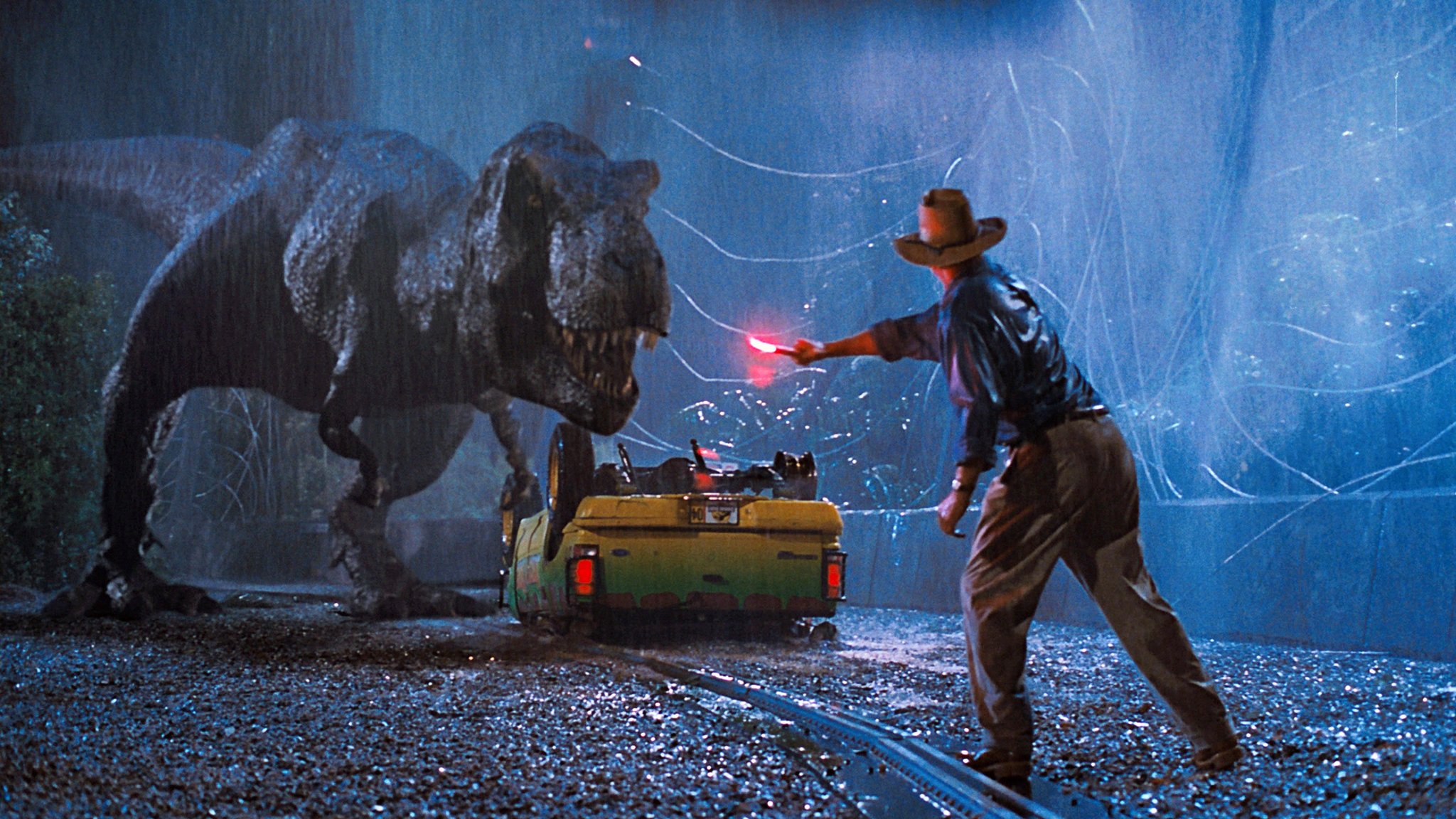
What Made Jurassic Park a Classic
Long before Jurassic Park hit theaters, Michael Crichton (RIP 1942-2008) had already published such bestsellers as “The Andromeda Strain” and “Congo”, and thus was already a household name. Given his background as a medical student, Crichton always displayed an interest in science, specifically in its potential dangers. Perhaps his greatest strength was extrapolating modern science and seeing where it could lead. The same is true for “Jurassic Park” in the field of genetic cloning.
When it came time to deliver the film adaptation, Steven Spielberg directed a classic that has stood the test of time. It had interesting characters, compelling themes, and the very best special effects the world had ever seen. Stan Winston and his team created animatronics that made audiences believe they really had created dinosaurs. At times, CGI was also necessary, but because of the blended use with practical effects, it succeeded in tricking the audience into not realizing what they were looking at wasn’t always there. It was because of these realistic effects that the first half the film is filled with “Spielberg wow factor” and the second half is filled with terror as the dinosaurs hunt the humans. It was beloved by fans and critics alike, and should have been left alone. But alas, Universal, like all studios, only saw dollar signs.
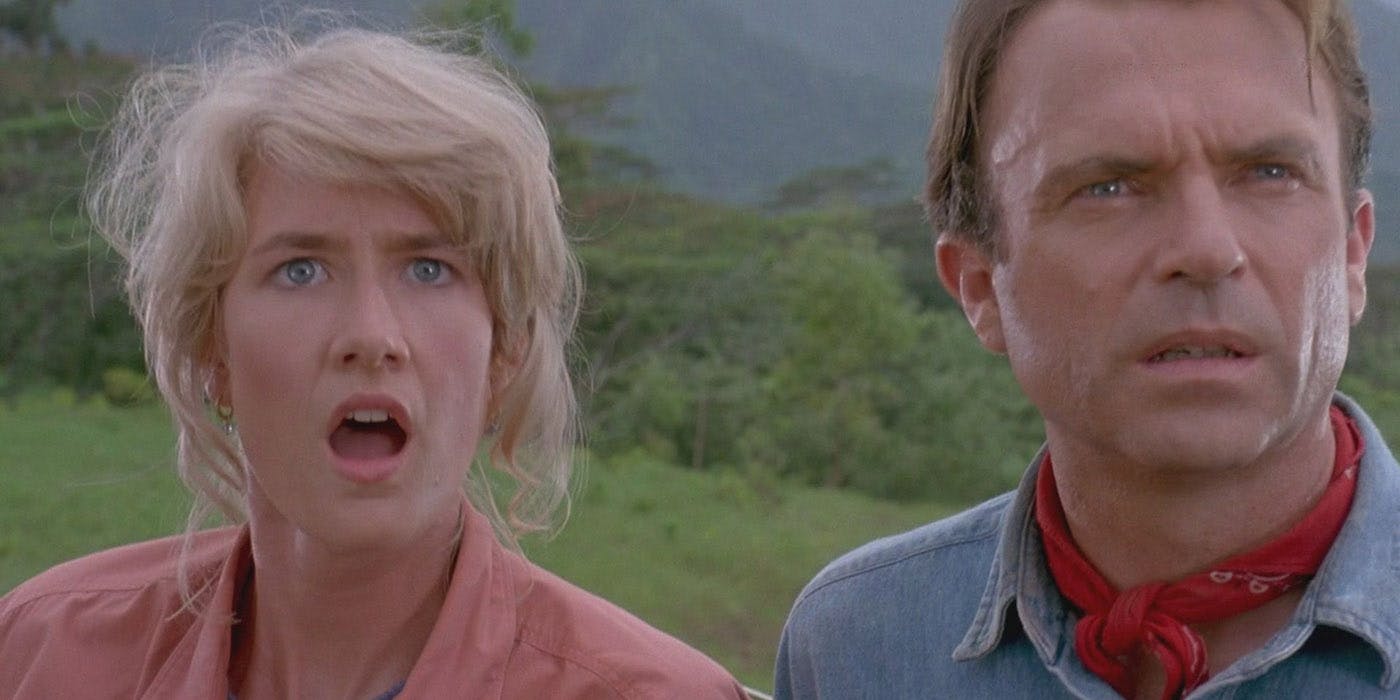
The Sequel Crichton Never Wanted
As previously mentioned, Crichton was already a bestselling author, but the success of the film shot him to an A-list status he had never dreamed of. Naturally, fans and movie producers wanted more. However Crichton believed his work was already finished. He had written a novel beginning to end, and had no desire to revisit it. Unfortunately however, pressure from fans and the knowledge that Universal would proceed with or without him, Crichton wrote a follow up novel, “The Lost World ”. He was the first to admit that his heart wasn’t in it and thus it wasn’t nearly as good.
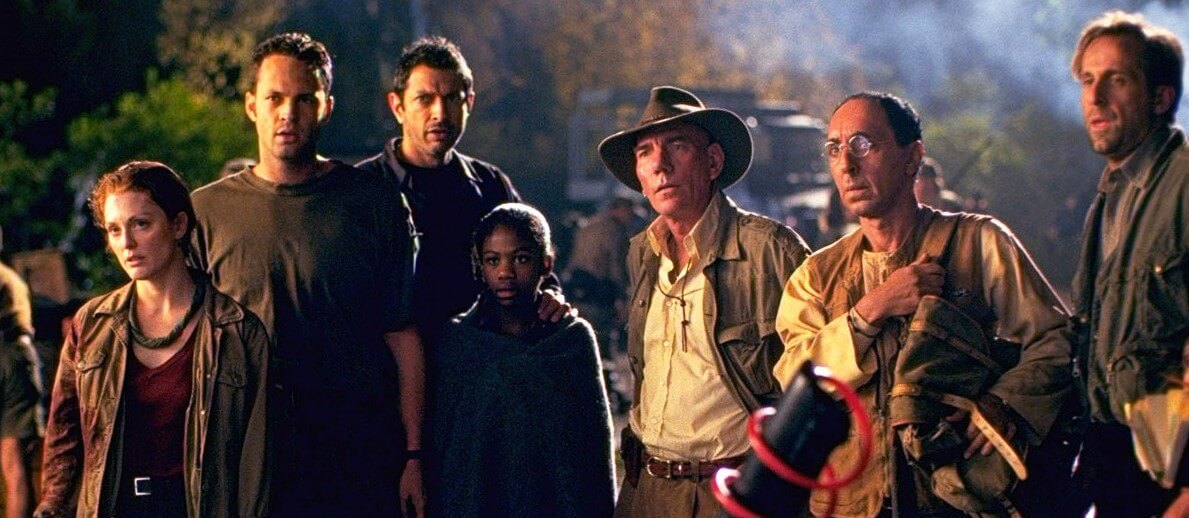
The reviews weren’t terrible, but weren’t great either; rather, critics found it to be merely average. Which is still a far cry downward from game-changing classic that his previous work had been. The issue with both the book and film is that The Lost World: Jurassic Park had characters nowhere near as interesting or developed as its predecessor, and the wow factor was gone. Plus the film’s ending with the Tyrannosaurus Rex terrorizing the streets of San Diego brought the series down to “B-movie” material.
The Franchise Crichton Definitely Never Wanted
Despite Crichton’s reservations about The Lost World, Universal had another blockbuster on their hands and wouldn’t stop there. Without any Crichton novel to base the story on, Universal scrambled together a contrived storyline that involved getting Sam Neill back as Dr. Alan Grant. Complete with awful effects that look considerably worse that the original, it feels indistinguishable from a SyFy Channel original film. Its greatest offense is that it feels like it wasn’t even trying. Both the previous films had some semblance of an interesting storyline, mostly because they were based on bestselling novels. Left to their own devices, all Universal knew how to do was put one dimensional characters on the island and have them get eaten, to the indifference of the audience.
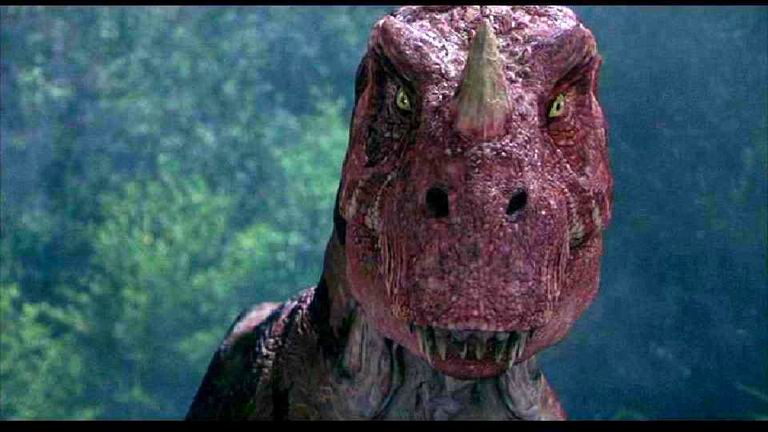
14 years later, Universal launched the now popular “sequel reboot” with Jurassic World. It portrays itself as being a spiritual successor to the original film, but therein lies the problem. Not only does it follow all the same beats, but it betrays the final thesis the original film purports. The owner of the park claims that he is following John Hammond’s dying wish. However it was quite clear that at the end of the Jurassic Park that Hammond learned his lesson and realized his park was a terrible idea. At the end of The Lost World he goes so far as to say, “These creatures require our absence, not our help. And if we could only step aside and trust in nature, life will find a way.” Having the park open betrays everything that Hammond learned. It also indicates that the writers and producers didn’t heed Ian Malcolm’s warning in the original, “Your scientists were so preoccupied with whether or not they could that they didn’t stop to think if they should.”
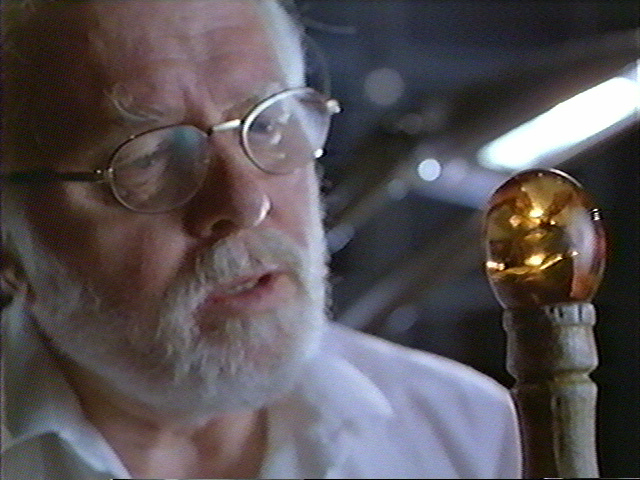
How Fallen Kingdom Could Succeed
However all is not lost, and Jurassic World: Fallen Kingdom will get a chance to be judged on its own merits. From what we can see, it involves rescuing the dinosaurs from a volcanic eruption on Isla Nublar, which both creates an environment that resembles the extinction event of 65 million years ago, and also sparks an interesting ethical debate. Should the dinosaurs be saved, especially if they pose great risk to those who will do the saving?
As long as it doesn’t make the mistake of going down the same plot points as The Lost World it will at least be a more unique sequel than its predecessor. Another potential advantage is the fact that its director, J. A. Bayona has a solid resume, with such films as The Orphanage, The Impossible, and A Monster Calls. With successful films in horror, emotional drama, and dark fantasy, one can only predict he will take a unique and skilled approach to this upcoming film, and justify its existence better than Colin Trevorrow did back in 2015.





